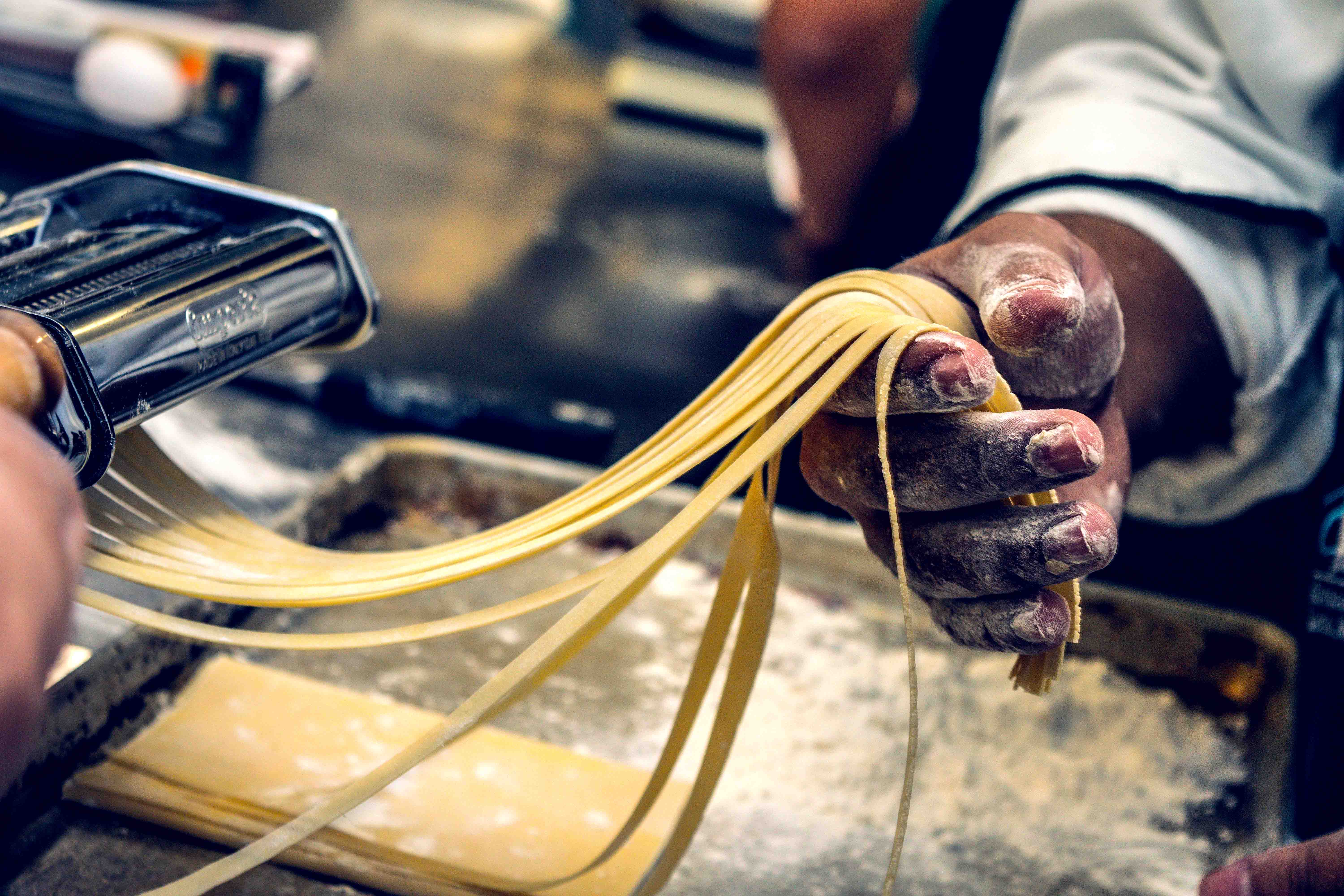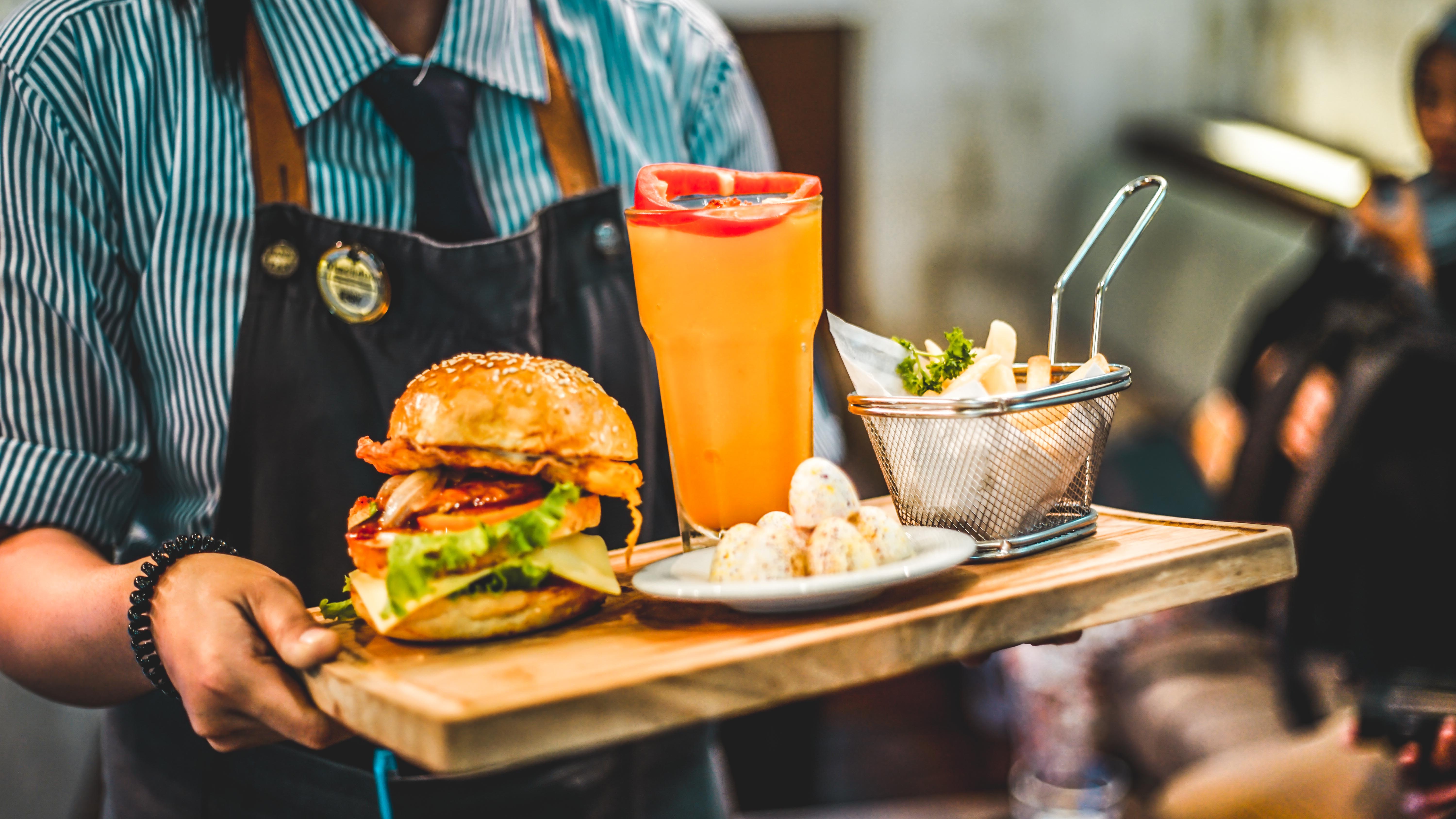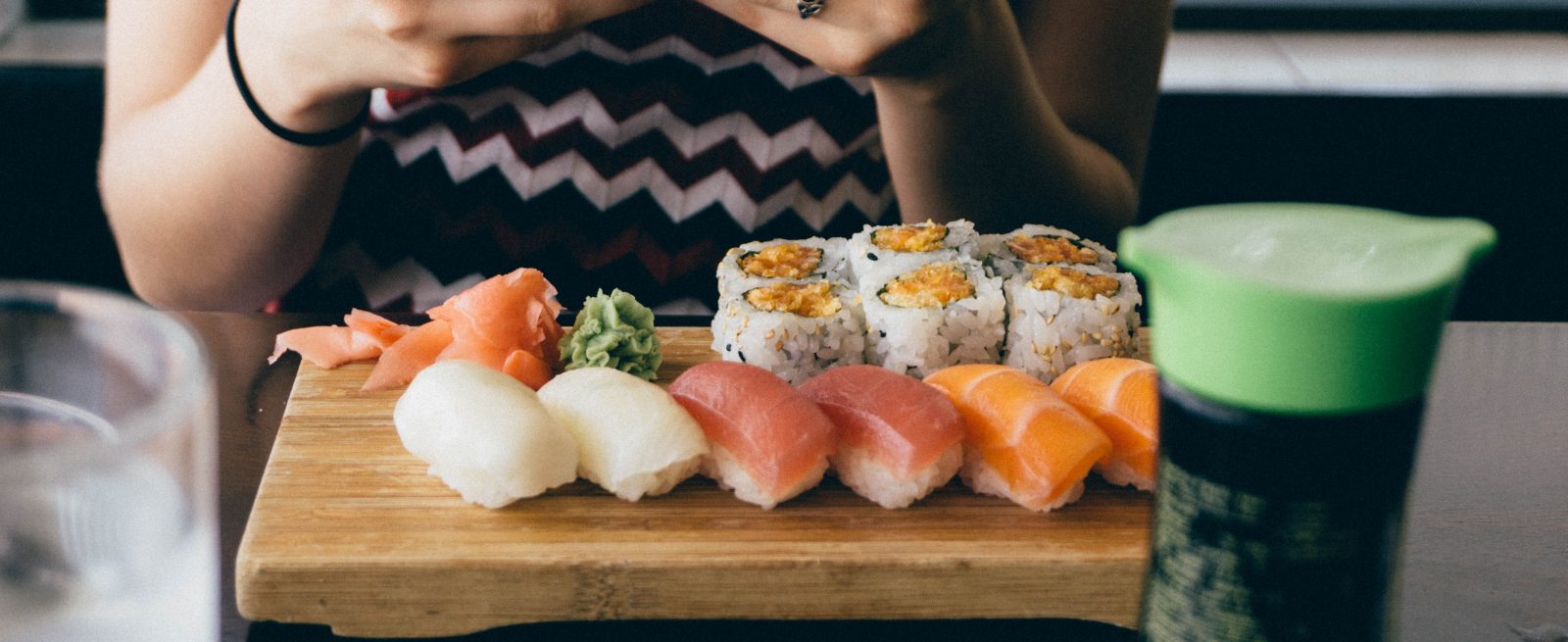How Restaurants Can Protect Their Businesses in the Event of a Foodborne Illness Outbreak
3 Min Read By Crystal Jacobs
Up to 90 percent of U.S. restaurants lack proper insurance coverage, exposing them to significant risk.
Great restaurants have folded because they were not prepared to deal with the public and legal consequences of a foodborne illness outbreak. Unfortunately, for decades, independent restaurants including diners, food trucks, cafes and many others that sell prepared, non-packaged food, have not had access to the proper insurance when it comes to legal and financial exposures regarding foodborne illness events.
Unfortunately, many restaurant owners falsely believe that their general liability or standard business interruption insurance covers foodborne illness events, since they cover injuries or maintenance on the premises. But in reality, these restaurant policies do notcover the full scope of needs that arise from foodborne illness outbreaks. In fact, it is estimated that 90 percent of restaurants do not have the appropriate coverage to address an exposure that could cripple their business.
Independent restaurant owners, managers and administrators should be aware of this significant lapse in their insurance plans and can look into programs that will protect them from the legal, financial and public effects of a foodborne illness event.
Why get supplemental insurance for a foodborne illness event specifically?
By supplementing standard business insurance with a targeted policy for foodborne illness outbreaks, restaurant owners are assured that their costs will be covered, and the rebuilding process will be assisted by experienced professionals.
Perhaps the most prominent – though not the largest – foodborne illness outbreak occurred at Jack in the Box locations in 1994, killing four children and hospitalizing more than 170 people. It made national news and resulted in the public becoming fully aware of e. Coli. The chain recovered, but it weathered the storm with the backing of major corporate resources. Of course, not every restaurant and food service provider has this kind of financial backing.
In the years since the Jack in the Box outbreak, all the ways in which we share and consume information has changed, with social media enabling nearly instant boycott mobs any time a business negatively impacts its customers. Now we see almost monthly recalls of packaged food products from grocery stores, and major restaurant chains such as Chipotle lose huge amounts of public trust and stock value when they encounter a foodborne illness event.

What exactly does a foodborne illness program include?
In addition to covering costs such as employee salaries, mandatory cleanings or sanitizing, equipment replacement and more that don’t fall under most business interruption policies, the industry’s best foodborne illness insurance packages offer a third-party crisis communications team to help deal with media and public sentiment.
A verified foodborne illness outbreak requires immediate public notification by the local public health department. With the speed and reach of social media, especially on a local scale, this means the restaurant’s traffic effectively drops to zero, even if the health department allows them to remain open. This is why a crisis communications team can be vital to help regenerate public trust and support.
These teams may also provide customer support for anyone who is affected by the outbreak, arranging health services such as vaccinations and doctor visits, and an information hotline where operators ensure every step is taken to satisfy the needs of every customer to assuage their concerns. By doing everything in its power to help those affected and alleviating any complaints or issues, while documenting the process, a restaurant and its insurance carrier helps prepare against potential litigation.
What if a restaurant takes the risk without a foodborne illness insurance program?
Without an insurance program, the major risks in the event of a foodborne illness event include immediate loss of revenue, long-term harm to the brand and business, liabilities such as salaries and location costs, and potential litigation if serious harm occurs. The difference between a restaurant that is covered and ready to react and one that is not can be the difference between survival and failure.

Manpower is another major consideration. If a restaurant serves 500 people each day, or 3,500 each week, it would be nearly impossible for an owner to manage something as basic as phone calls from that many customers. So, while the restaurant may not technically be shut down, no patrons are coming in, no food is being cooked, and ownership is scrambling to maintain their reputation, their clientele and their sanity.
What type of restaurants should invest in this kind of program?
All of them. Seriously. Every business that sells prepared food from a deli to a buffet, has just as big a need for coverage as the largest brands in the country.
It may be even more important for small owners with one location, or handful of locations, because major chains have enormous resources to protect and rebuild from negative public sentiment. A single location owner doesn’t have the revenue support from other locations to keep afloat during a downturn.
After the insurance carrier handled paying employees and guaranteeing every affected customer is taken care of, they would focus on helping to rebuild the brand.


